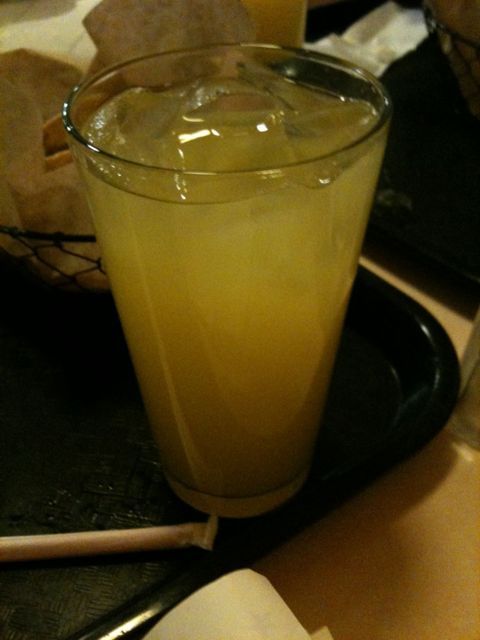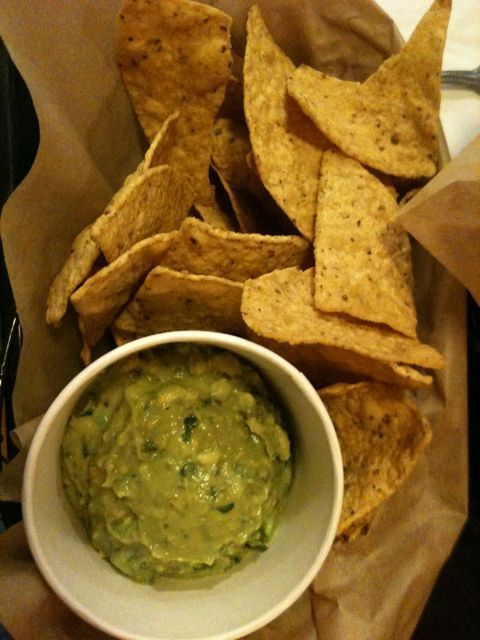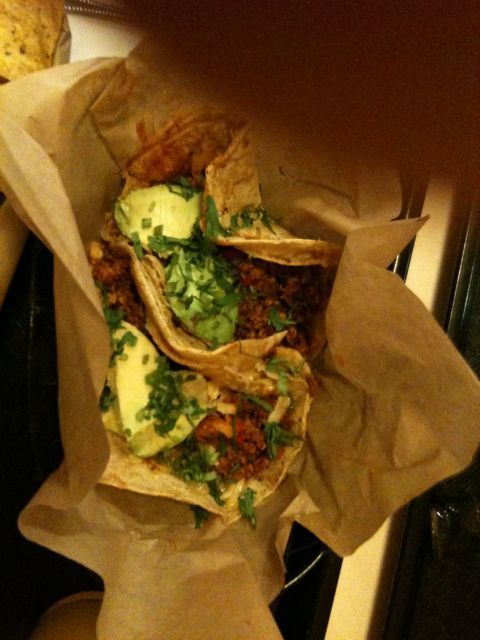The Facebook Era: Tapping Online Social Networks to Build Better Products, Reach new Audiences, and Sell More Stuff by Clara Shih
I enjoyed the book and am looking forward to hearing her speak tomorrow at the Sears Headquarters at Hoffman Estates tomorrow. The most important concept for me was what I term “the greater strengths of weaker ties.” In that I am referring to these weaker ties that Shih talks about in the new “modes of interaction” and “new categories of lower commitment relationships.” Our cultural invention of these new types of modes is amazing. This is the basis of what I see for her “Democratization of Business” in which people not only have a voice that is heard, but the power to act and own their own online identities. It isn’t B2C is it B+C.
Quotes from the book that I thought most important. Or what I call 5 star ideas.
(pix) “Bringing together social networking with enterprise applications represents the next phase in this evolution.”
(px) “… mashing up business with consumer social networking sites.”
(pxi) “In an age where traditional advertising influence is dropping like a rock, we have looked to social networking as an opportunity to become relevant in our customers’ conversations, in their communities, where they want to be.”
(p7) Trends in Social Business – “flatter organizations, stronger offline communities, more small businesses, greater collaboration across organizations, and tighter integration with mobile devices.”
(p17) “You gain from the new technology only if you use it to accomplish something that was not possible before.”
(p23) “Over time, technology is shifting from “command and control” to distributed, engaging, and empowering to the individual. Information, communication, and tools on the web have given individuals not only a voice, but also the power to act and to own their own online identities.”
(p41) “Why not use the social graph as our filter to make sense of the abundance of information on the web.”
(p43) “By inventing more casual modes of interaction and thereby making possible new categories of lower-commitment relationships, social networking sites like Facebook, Myspace, and LinkedIn are fundamentally changing how we live, work, and relate to one another as human beings.”
(p45) “Facebook is CRM for the masses. It is fun and intuitive, visual, active, searchable, and self-updating.”
(p47) On status messages – “It has become acceptable because social networking sites reduce the cost of both sending and processing information.”
(p50) “One of the reasons why Facebook has been so successful compared with it’s predecessors is the focus on suppporing offline networks over online-only relationships.”
(p54) On reciprocity rings – “The reason this works is that the cost of helping is generally miniscule compared with the benefit of being helped.”
(56) On asking favors on the network “… your entire network is given an opportunity without the obligation to respond, which frees you to make more requests more often because you are not expending any social capital with any one individual contact.”
(p90) Why do customers participate? “The person is not expressing anything unique about herself by being a customer advocate for Company X because everyone else on Company X’s website is also a customer advocate. . . . Social networking sites give people a semipublic forum surrounded by friends where not everyone has the same interests are affiliations.”
(p191) “. . . these three components – visibility and notification, ability to organize connections, and casual ways to interact – have remarkable come together to define an entirely new class of interaction.”
(p203) “With the social networking revolution, we are brought closer than ever to becoming people-centric instead of technology-centric. The online social graph allows our relationships and business goals, rather than technology limitations, to drive business strategies and decisions.”
References


